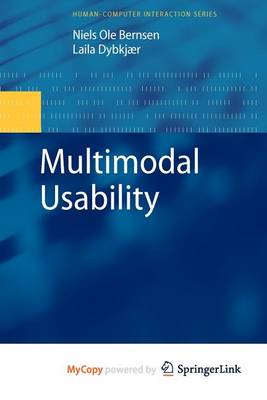This preface tells the story of how Multimodal Usability responds to a special challenge. Chapter 1 describes the goals and structure of this book. The idea of describing how to make multimodal computer systems usable arose in the European Network of Excellence SIMILAR - "Taskforce for cre- ing human-machine interfaces SIMILAR to human-human communication", 2003- 2007, www. similar. cc. SIMILAR brought together people from multimodal signal processing and usability with the aim of creating enabling technologies for new kinds of multimodal systems and demonstrating results in research prototypes. Most of our colleagues in the network were, in fact, busy extracting features and guring out how to demonstrate progress in working interactive systems, while claiming not to have too much of a notion of usability in system development and evaluation. It was proposed that the authors support the usability of the many multimodal pro- types underway by researching and presenting a methodology for building usable multimodal systems. We accepted the challenge, rst and foremost, no doubt, because the formidable team spirit in SIMILAR could make people accept outrageous things. Second, h- ing worked for nearly two decades on making multimodal systems usable, we were curious - curious at the opportunity to try to understand what happens to traditional usability work, that is, work in human-computer interaction centred around tra- tional graphical user interfaces (GUIs), when systems become as multimodal and as advanced in other ways as those we build in research today.
- ISBN10 1848825706
- ISBN13 9781848825703
- Publish Date 3 October 2009
- Publish Status Withdrawn
- Out of Print 18 October 2014
- Publish Country US
- Imprint Springer
- Format Paperback (US Trade)
- Pages 448
- Language English
